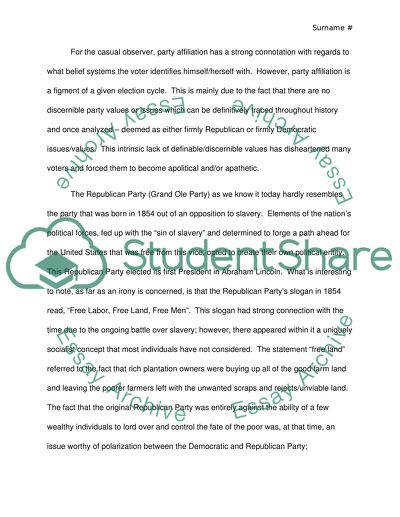Cite this document
(“What Does It Mean To Be a Democrat an a Republican in 2012 Research Paper”, n.d.)
Retrieved from https://studentshare.org/history/1402031-what-does-it-mean-to-be-a-democrat-an-a-republican
Retrieved from https://studentshare.org/history/1402031-what-does-it-mean-to-be-a-democrat-an-a-republican
(What Does It Mean To Be a Democrat an a Republican in 2012 Research Paper)
https://studentshare.org/history/1402031-what-does-it-mean-to-be-a-democrat-an-a-republican.
https://studentshare.org/history/1402031-what-does-it-mean-to-be-a-democrat-an-a-republican.
“What Does It Mean To Be a Democrat an a Republican in 2012 Research Paper”, n.d. https://studentshare.org/history/1402031-what-does-it-mean-to-be-a-democrat-an-a-republican.


